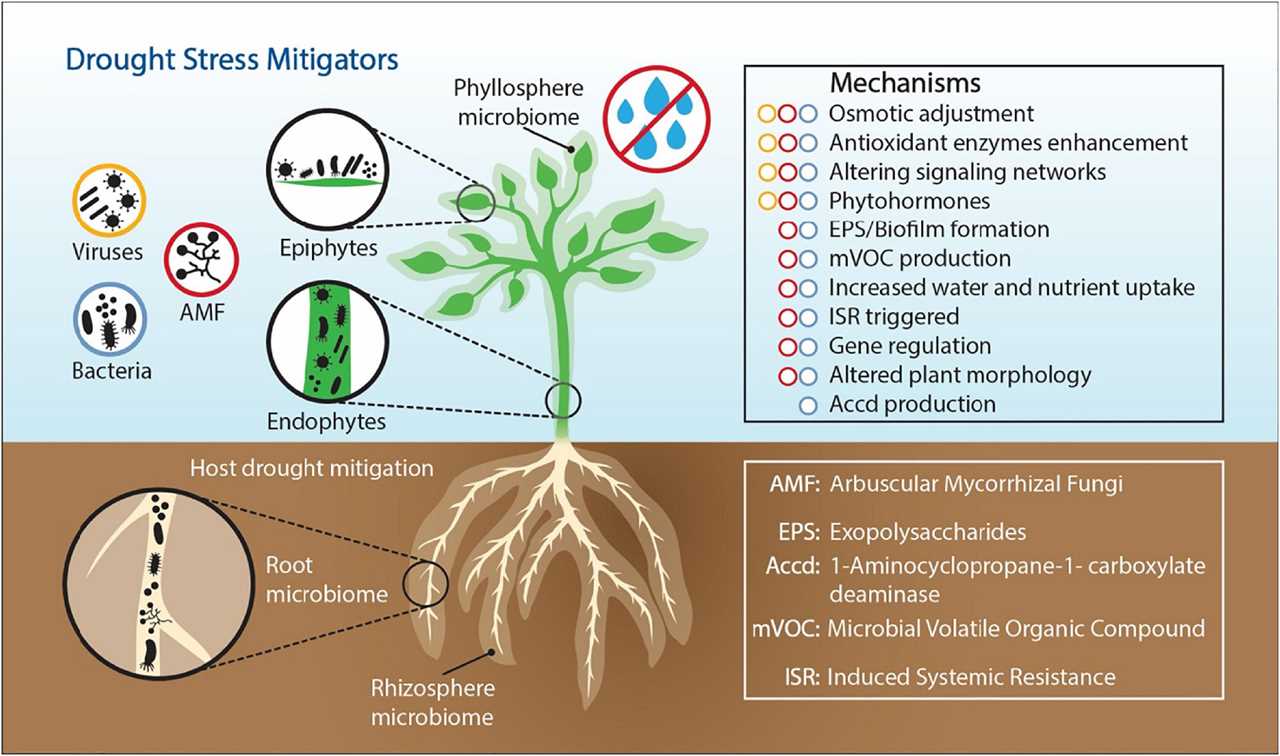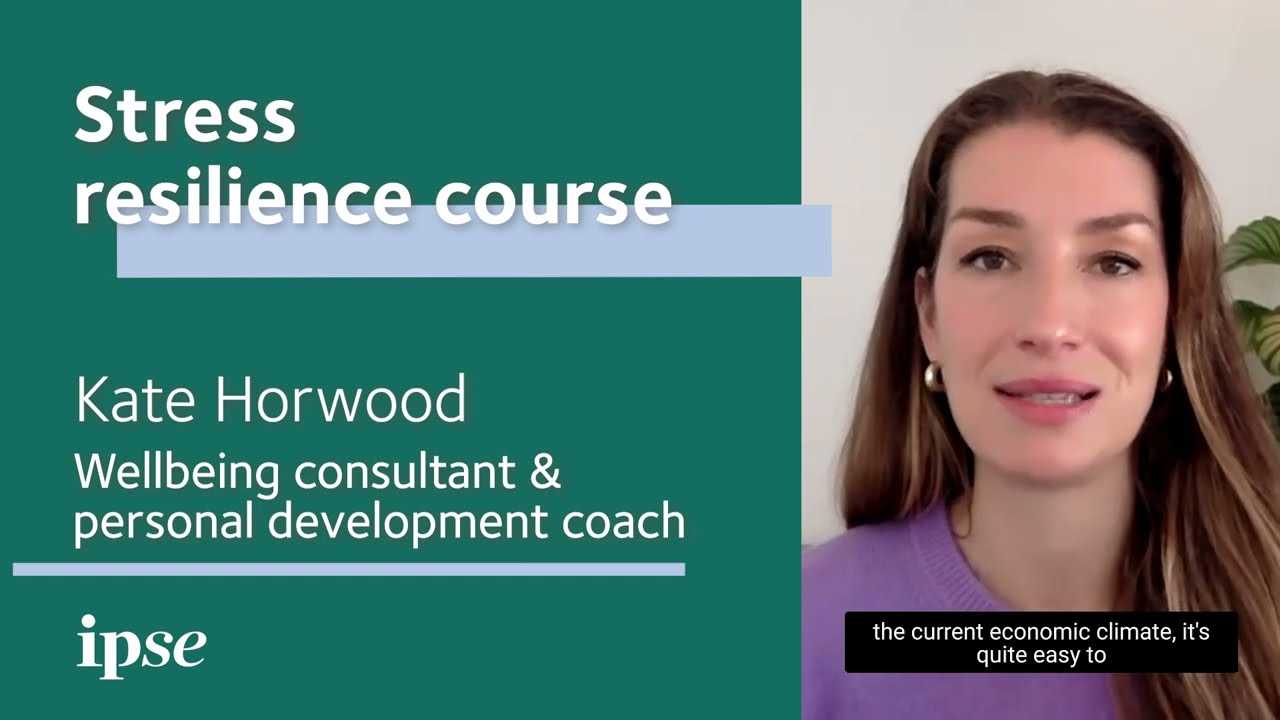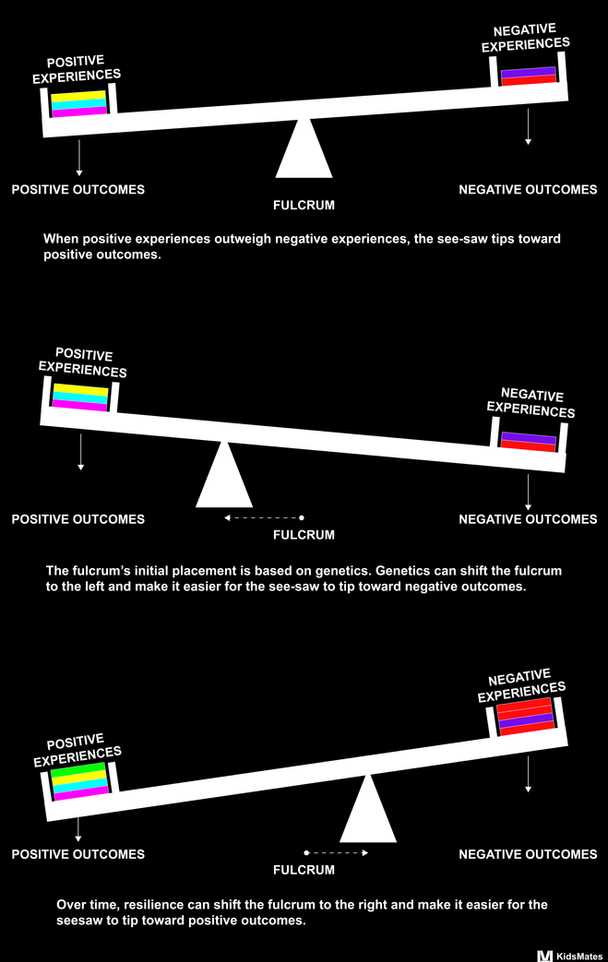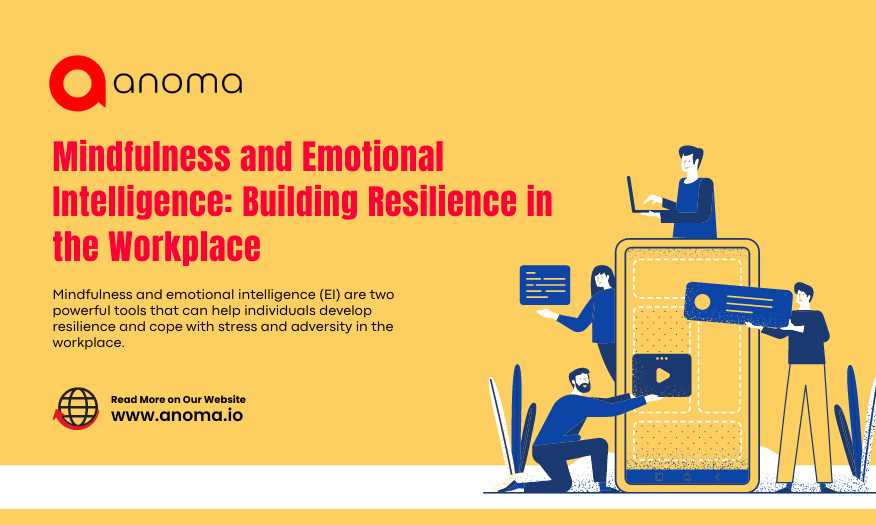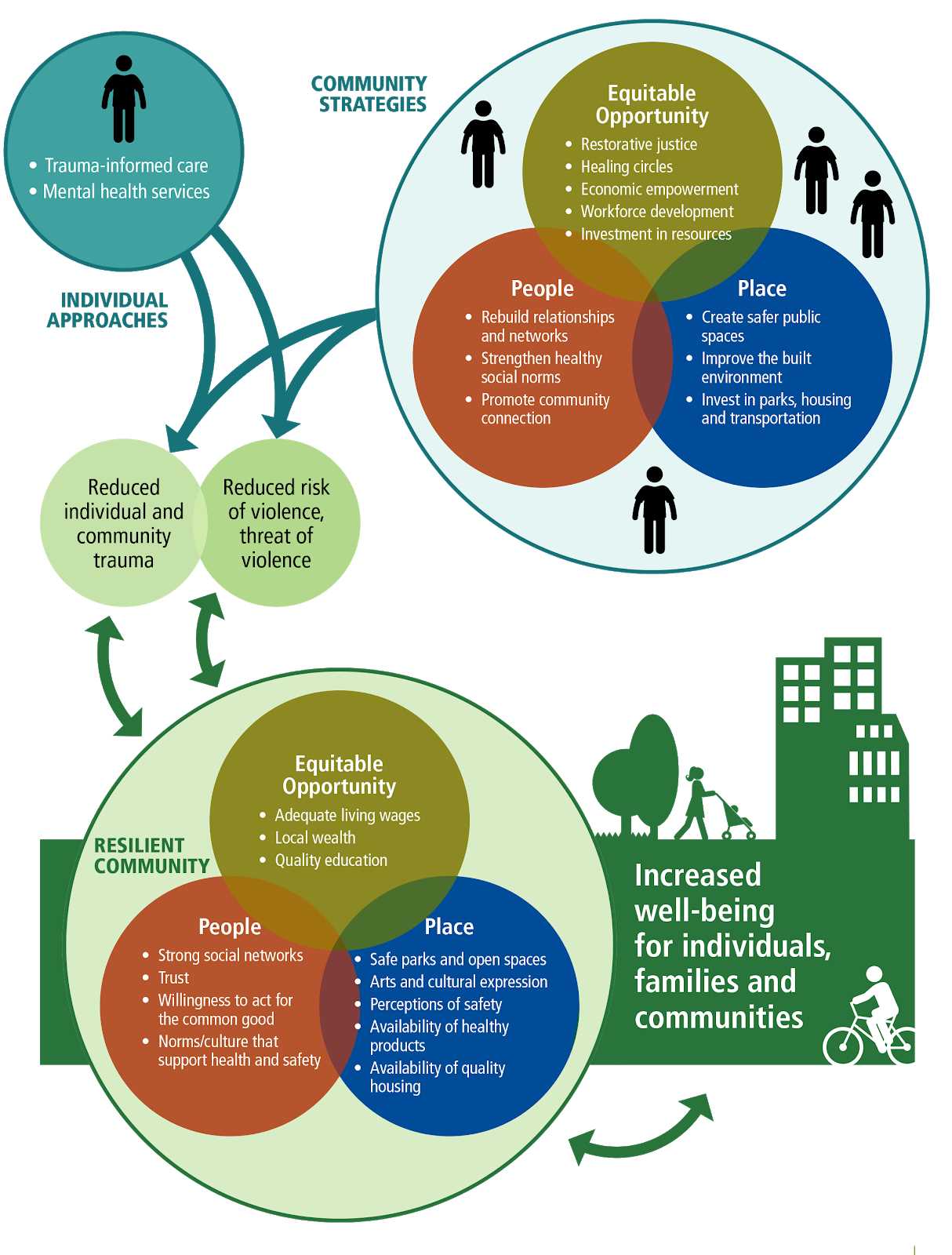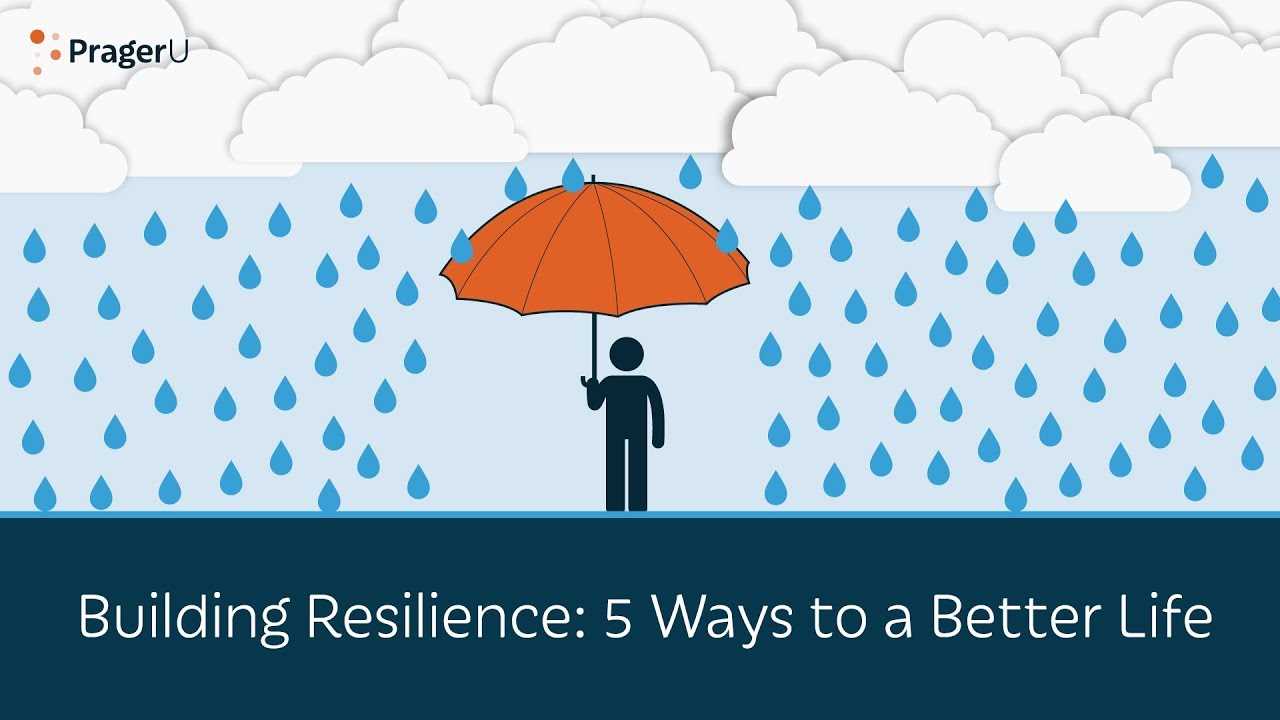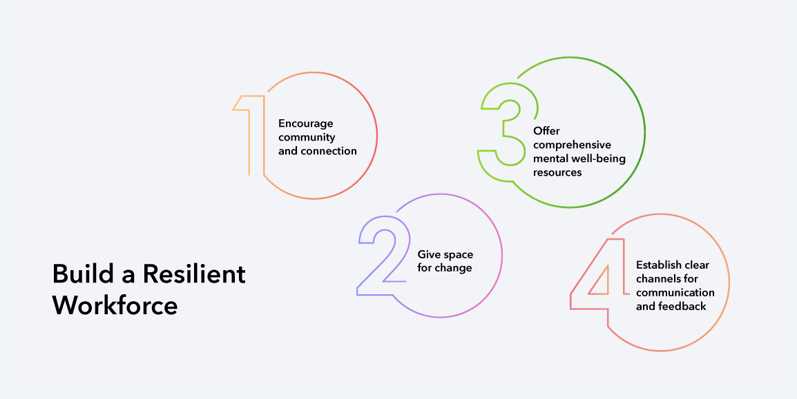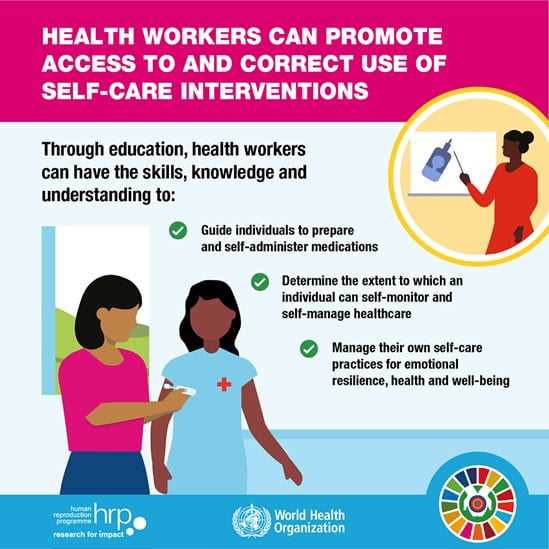Understanding and Improving Plant Stress Resilience Strategies for Healthy and Productive Plants
In today’s changing climate, plants are facing numerous challenges that can negatively impact their growth and productivity. Heat waves, droughts, and cold spells are becoming more frequent and intense, posing significant threats to plant health and agricultural production. To ensure the resilience of plants in the face of these stressors, it is crucial to understand … Read more

